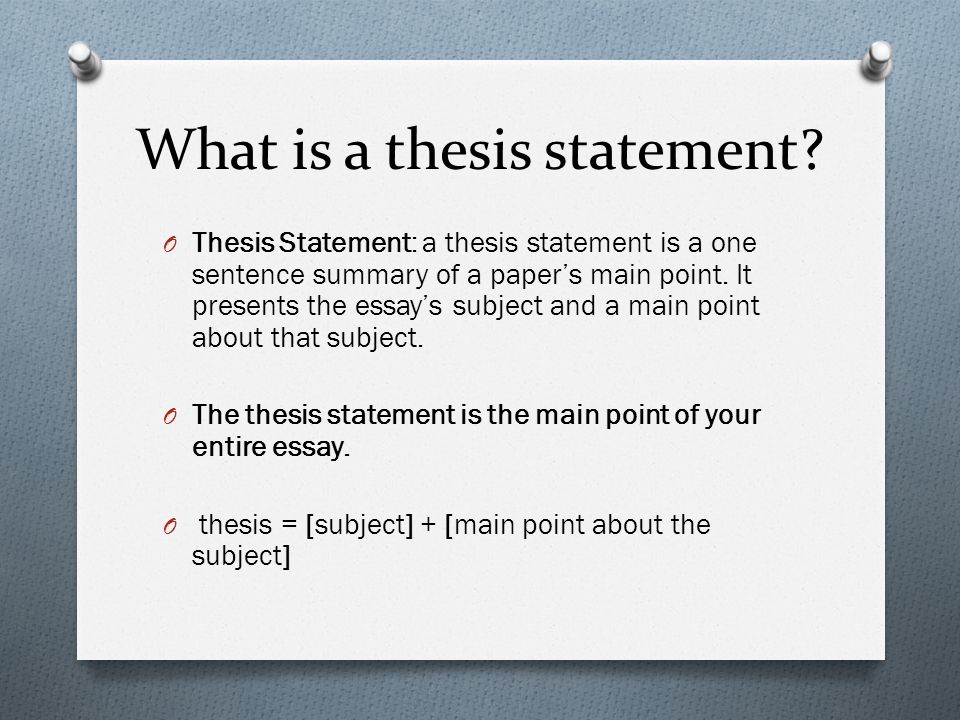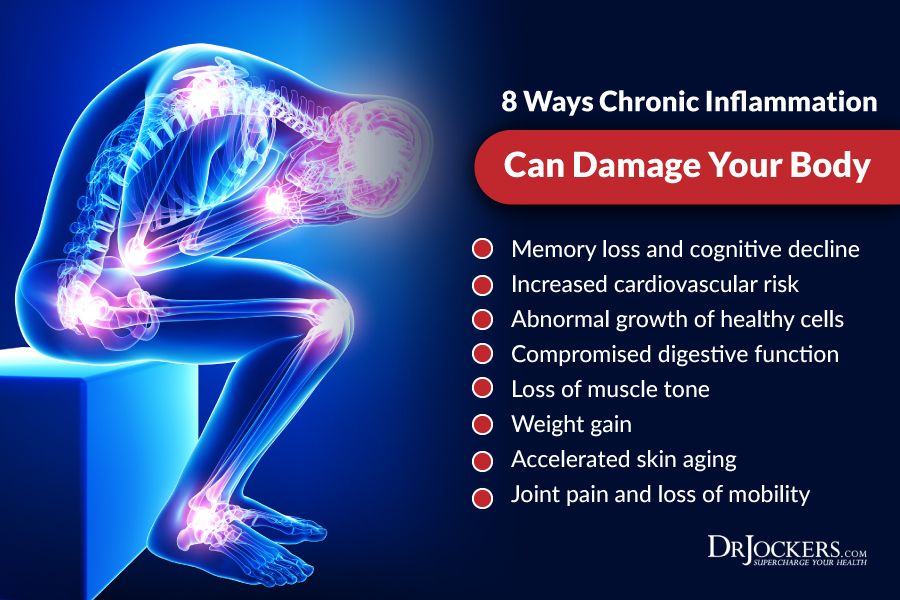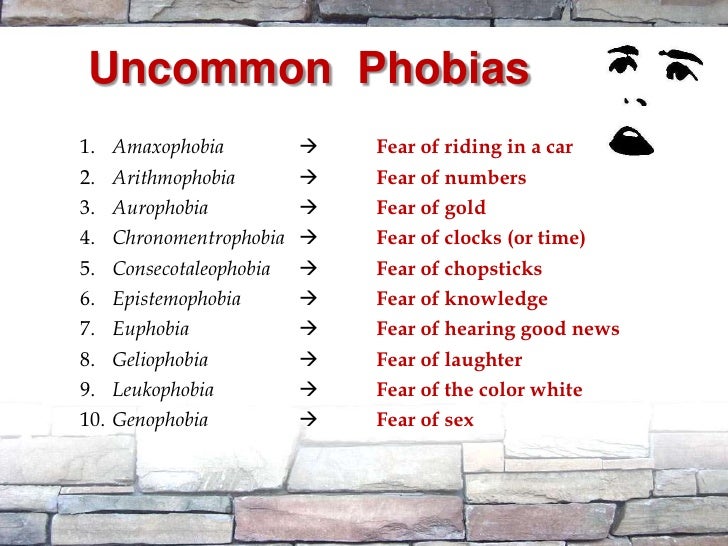What is engulfment
What is Engulfment? When Relationships Become Your Everything
By: ljmacphee
The verb ‘engulf’ refers to something being swallowed up, overwhelmed, or submerged. But when we are using the word in a psychological sense, what is engulfment?
Engulfment can refer to a tendency to over-immerse yourself in relationships. You depend on the other to meet all your needs, even demanding that they do so.
So, to reference the original definition, you are submerging yourself in relationships. And, without realising it, you might be swallowing up the lives of others, overwhelming them in the process (or scaring them off completely).
In fact many people suffer from a fear of engulfment, sabotaging relationships to avoid being so overwhelmed. It’s also possible to swing between both. This can be the case with borderline personality disorder. It sees you engulfing yourself in relationships, only to suddenly fear the sensation, panic, and push the other away.
An example of complete engulfment can be seen when someone joins a cult. They lose themselves to the leader and the group, letting the cult meet all their needs and becoming dependent on the cult for their sense of self and identity.
Extreme examples aside, most of us experience engulfment at some point in life.
Engulfment could be seen as part of growing up. A mother, in her attempt to protect and take care of her child, can overwhelm her child with love. As the child grows he or she feel suffocated, wanting their independence and making moves to break free. A healthy mother recognises and accepts this, proud her child is progressing.
By: brett jordan
And to a certain extent, engulfment happens, however briefly, in all relationships. It can even happen in friendships, or in the workplace. We could, say, start a new job and be temporarily mesmerised by a charismatic boss, only to eventually see that he is human and then focus more on our own performance.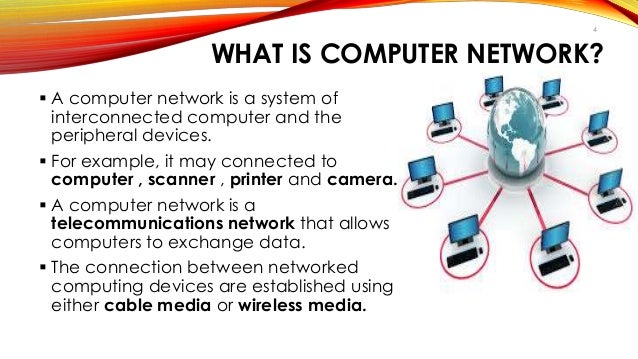
Of course it’s in intimate relationships that engulfment causes the most problems. When the chemical cocktail of love hits, we can dream of doing everything together. For several weeks there might be a period of stopping normal routines and doing just that.
In healthy relationships, each partner then slowly returns to their own hobbies and routines. A balance is struck between being together and being individuals, healthy and interdependent.
But isn’t love itself engulfment?The trouble arises when the break and seeking of balance doesn’t happen. When instead, you let the rest of your life fall to the side and become certain that the relationship you are in is the only important thing. You must make the relationship work at all costs. And that cost might be your career, your physical health, your social life and even your financial stability.
No. Despite what films and bestselling books might feed us,
it’s not love to lose ourselves in a relationship, nor is it healthy.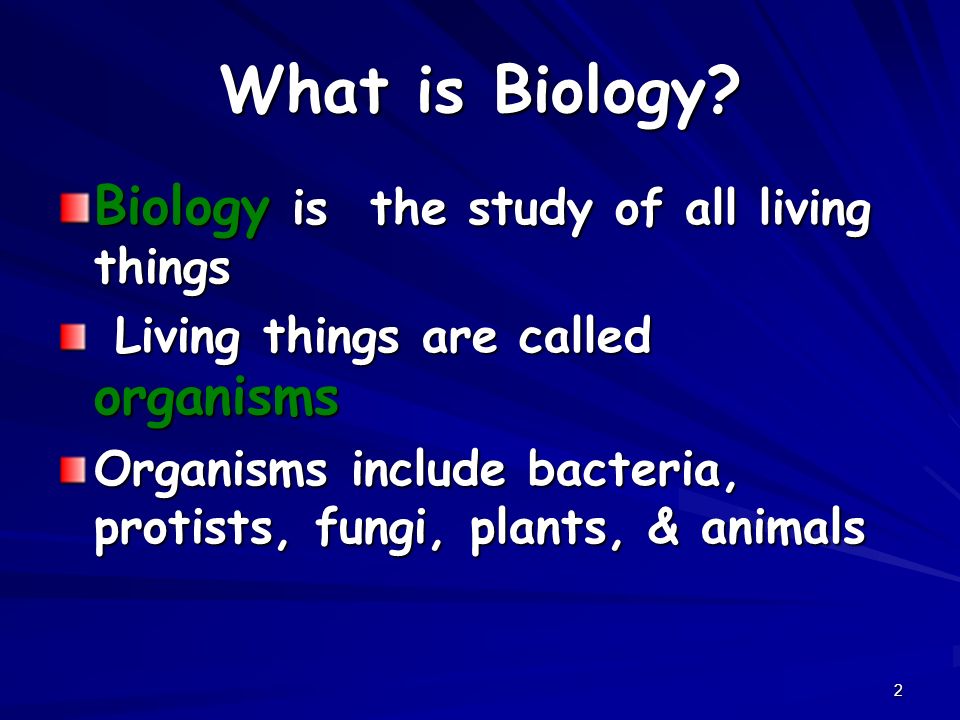
Love is not about being so blinded by your feelings you arrange your entire life around another.
Love comes when two people fully see, recognise, respect and support each other. But we can’t do any of this well if we’ve lost sight of who we are.
By: Steve Charman
Again, love does involve a period of meshing, but it also involves personal boundaries. Once those fall (or if they never existed in the first place), you are into the territory of codependency, dependency, addictive relationships, and engulfment.
What causes engulfment?There are many things that can drive us to be the sort who ends up engulfed by our relationships.
Loneliness – If you do not have a supportive family, or a network of friends you can be your authentic self around, this could drive you to meet all your emotional needs just from relationships.
Low self-esteem – If we feel unloveable, or if our esteem is so low we rarely if ever attract a partner, we can then want to make the relationship that does come along the most important thing.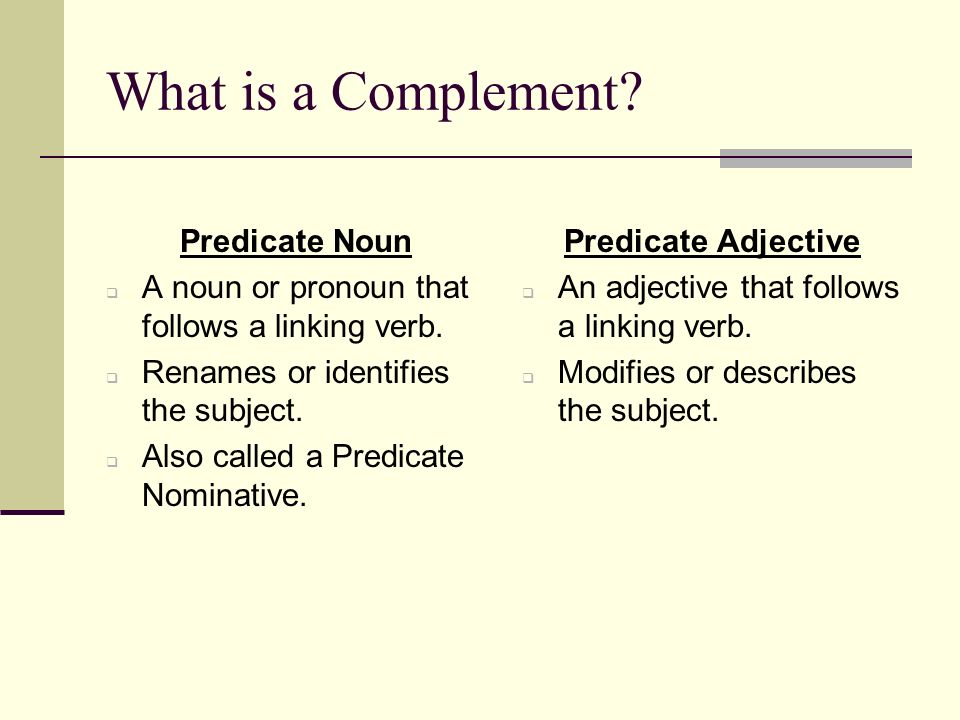
Feeling misunderstood – If you grew up in a family you share different values from and were always the outsider, meeting someone who finally understands you can seem so exciting you want to fall into the experience.
Fear of abandonment – The fear of being pushed away can lead us to do anything to avoid it.
Why would I be more prone to engulfment than others?Engulfment happens when we have negative core beliefs about ourselves. Core beliefs are the assumptions we make as a child then continue to see as fact until we learn to question and change them.
If you suffer from engulfment, you might have beliefs such as:
- I am responsible for other people’s happiness
- It’s selfish to put myself before others
- I have to earn and deserve love/ It’s my job to love others
- If I don’t do what other people want they will reject me
- Nobody would like the real me so I have to be what the other person wants
- I only exist and have value if others love me.
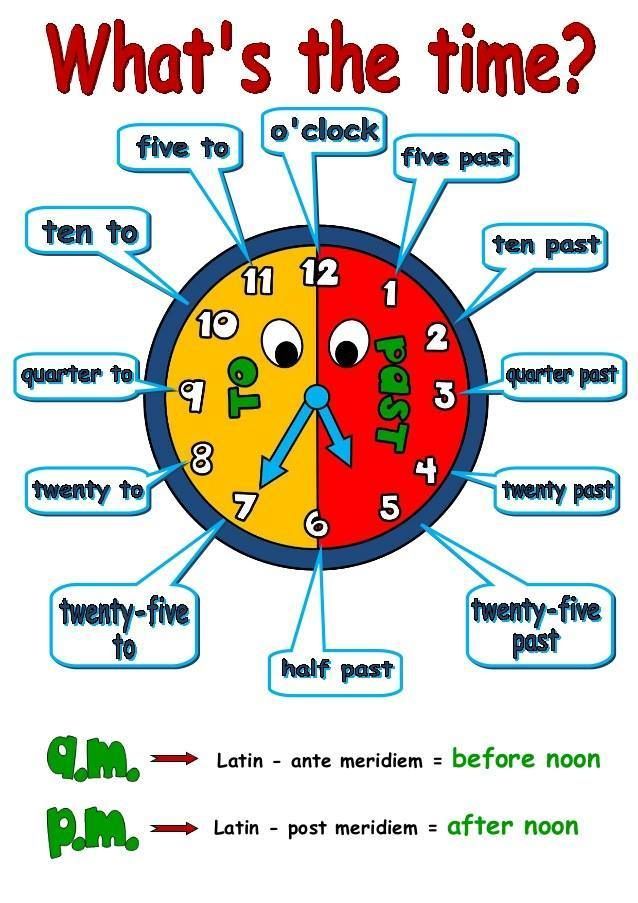
These sorts of beliefs can be learned from childhood trauma like abuse, neglect, or loss of a parent or loved one.
If your childhood had no noticeable trauma, it could be down to the sort of parenting where you were encouraged to be ‘good’ and ignored when you weren’t. This sort of dynamic leaves a child constantly pleasing others in an attempt to feel loved. This leads to being an adult with a poor sense of self who seeks it obsessively via relationships.
Personality disorders can be another reason some of us are prone to engulfment issues. Having a personality disorder means we consistently see the world from a different perspective than most other people, and have since young adulthood. Personality disorders that can see us losing ourselves in relationships can include borderline personality disorder, histrionic personality disorder, and dependent personality disorder.
Fear of engulfment
Does the above sound like someone you have been involved with? Since then, have you vowed to never again let anyone so close? Or do you find you never engage in relationships because you are terrified of losing your self, or feeling trapped?
Fear of engulfment is a common cause people struggle with intimacy and relationships.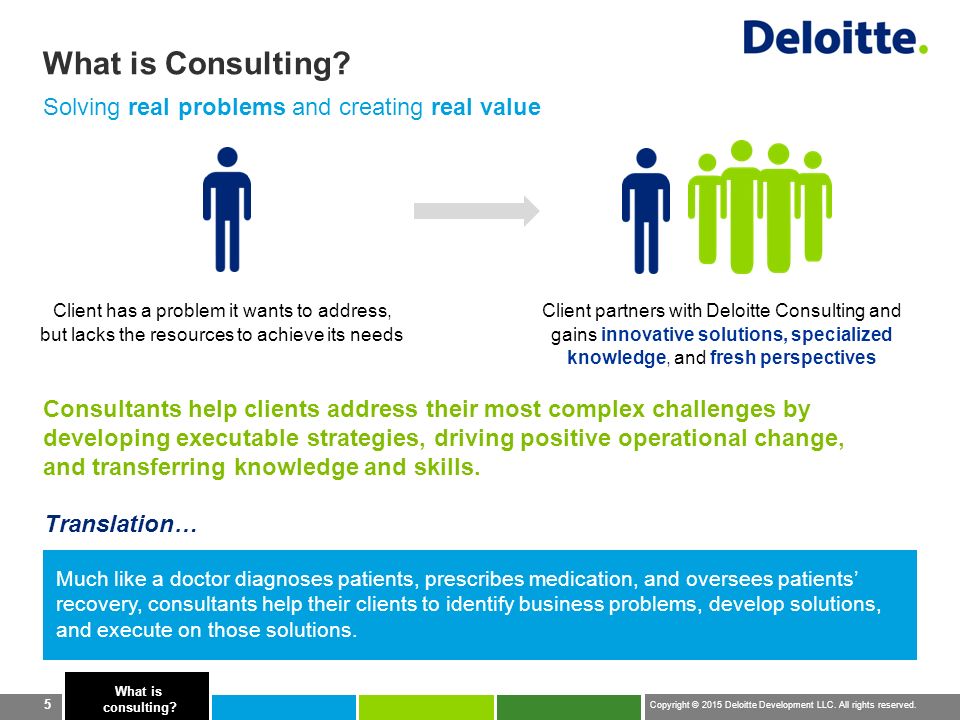 If you’d like to know more about fear of engulfment, sign up to our blog to receive an alert when we run the connected piece in this series, “Fear of Engulfment – When Relationships Leave You Feeling Trapped”.
If you’d like to know more about fear of engulfment, sign up to our blog to receive an alert when we run the connected piece in this series, “Fear of Engulfment – When Relationships Leave You Feeling Trapped”.
Worried you have a tendency towards engulfment? Or that fear of engulfment is ruining your relationships? Harley Therapy connects you with experienced and friendly counsellors and therapists across the UK who can help you relate to others in healthier ways. Not in the UK? Try a Skype therapist, wherever you are.
Do you still have a question about ‘what is engulfment’? Or do you want to share your personal experience with engulfment with other readers? Use the public comment box below.
What Is Engulfment & How To Overcome It
Posted on by Lori Jean Glass
While most people strive to establish a fulfilling and lasting romantic relationship, most have wondered whether they have lost their sense of individuality by becoming a couple. It’s not uncommon to feel like you’re sacrificing your individuality for the sake of the relationship and your partner.
It’s not uncommon to feel like you’re sacrificing your individuality for the sake of the relationship and your partner.
While you may be dealing with actual codependency, these feelings may just be prompted by your unfounded fears. They may also be a signal of tapping into some intimacy problems in your relationship. Continue reading to learn more about relationship engulfment, its potential causes, and healthy solutions to this problem.
Engulfment or enmeshment denotes a state in a relationship where boundaries are unclear or practically non-existent. Here are some tell-tale signs that may indicate you’re dealing with engulfment in your relationship:
- Emotions may become blurred, to the point of not discerning between positive and negative, healthy and unhealthy, and your own and the other person’s feelings. You may unconsciously seek negativity and instability, as it “feels like home” from untreated family of origin attachment wounds.
- Individuality feels like selfishness.
 Attempts to think and act independently are sabotaged by guilt, criticism, and anxiety. You may put your own identity aside, as your partner defines who you are.
Attempts to think and act independently are sabotaged by guilt, criticism, and anxiety. You may put your own identity aside, as your partner defines who you are. - You’re focused on pleasing others, where you truly believe that your feelings and needs aren’t equally important. This is more likely to make you susceptible to all kinds of manipulation and people-pleasing behavior.
- How you feel depends on another person. While you may think you’re just being empathetic, letting your partner’s feelings influence your own to the extent that your mood reflects theirs at times isn’t healthy.
- You feel like you have to play the role. For example, it can be a role of a caregiver, a victim of circumstances, or a savior of your emotionally unstable partner. It may make you feel like you don’t have a right to take a break or make room for some personal space as things may fall apart without your help.
- You fear conflict.
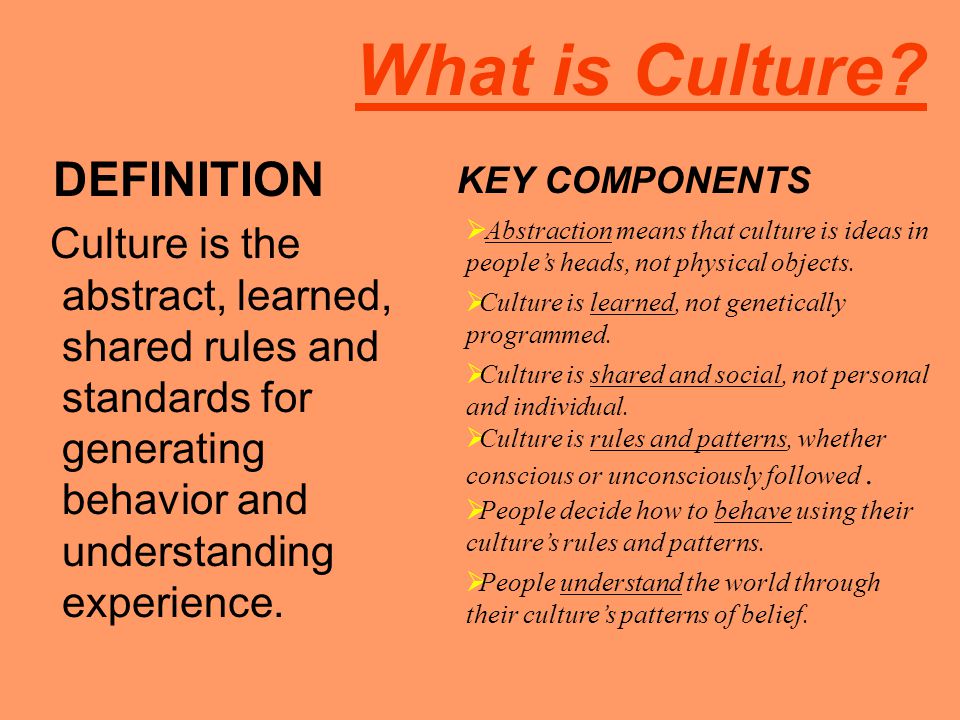 You employ different tactics to appease your partner. If you do enter a conflict, you may either withdraw as you don’t know how to voice your disagreement, or act out of affect, without considering the consequences fully.
You employ different tactics to appease your partner. If you do enter a conflict, you may either withdraw as you don’t know how to voice your disagreement, or act out of affect, without considering the consequences fully. - It’s up to you to fix things. Whatever goes wrong, you may feel the duty to roll up your sleeves and repair the damage. For example, if there’s a disagreement, you may be quick to compromise your values and wishes.
What Is The Difference Between Enmeshment And Codependency?
A codependent person enables or rescues another person who acts out in a variety of ways. They can be physically or emotionally abusive toward you, neglectful or distant, or abuse substances as a way to cope with their unresolved trauma.
Enmeshment can be seen as one of the aspects of codependency. It’s not only about reliance or being consumed by your partner. Your sense of self and identity can become deeply intertwined with them. You may adopt the way they talk and behave, take their set of beliefs as your own, and ignore your initial likes and dislikes to appease them.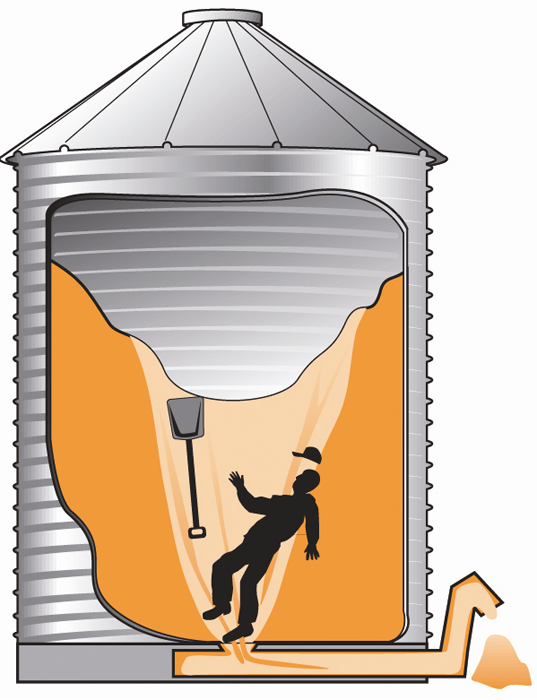 Even though their demands may not be expressed outright, you’re susceptible to their cues and do everything you can to keep them by your side.
Even though their demands may not be expressed outright, you’re susceptible to their cues and do everything you can to keep them by your side.
What Is Enmeshment Or Engulfment Trauma?
While emotional neglect is known to be harmful in childhood, too much parental attention and care may also do harm. This is the primary meaning of engulfment or enmeshment trauma. One example is “helicopter parenting”, where parents become overbearing and controlling, trying to cater to all needs and prevent any negative outcome. Given that this is usually impossible, an overprotected child can grow up with a strong feeling of inadequacy and guilt.
Another example is when a child is put into a pseudo-parental role, having to cater to the emotional needs of one of the parents. For example, a mom could be complaining to her daughter about her spouse, expecting counsel and support. This can be further complicated by emotional neglect or abuse by one of the parental figures. This inversion of familial roles can lead to difficulties establishing secure attachment in your adult relationships.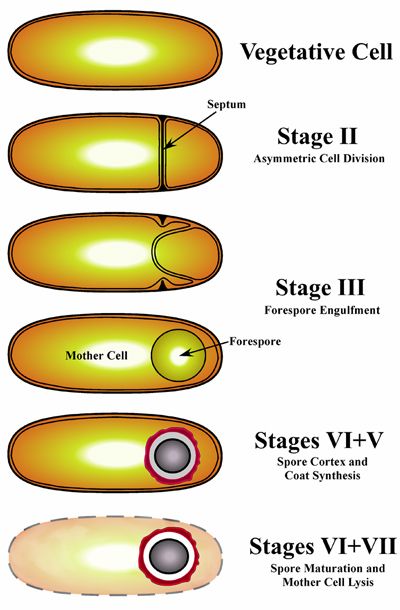
An adult that was stripped away from their opportunity to be adequately cared for in childhood is likely to seek dysfunctional and narcissistic partners, as that’s the type of relationship they have most experience with. However, you may also develop a completely opposite strategy in dealing with intimacy, abandoning partners or friends whenever they get too close, which may be equally unhealthy.
What Does Fear Of Engulfment Look Like?
If you didn’t grow up in an enmeshed household and your parents neglected your needs for affection and care, you could find it difficult later on to accept closeness, interdependence, and intimacy.
This can also result from childhood engulfment trauma or even a relationship-related trauma in adulthood that can cause you to shift your attachment pattern. You may start to fear any type of emotional relationship as invasive, unfair, or generally harmful for you. This may lead you to develop avoidant attachment style characteristics and face difficulties in maintaining long-term relationships.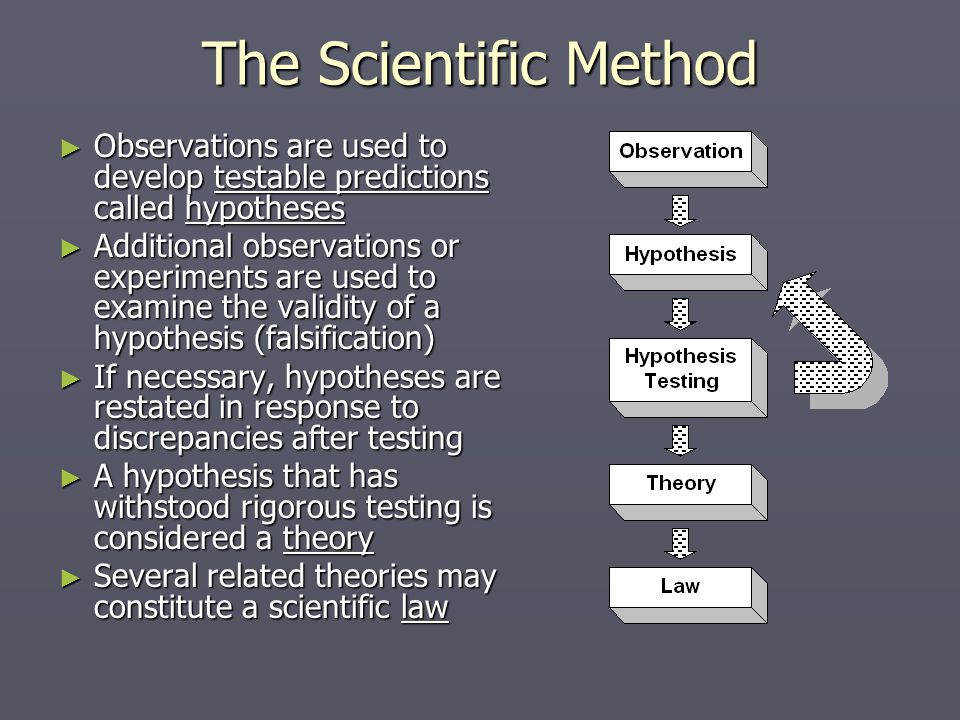
Fortunately, you may work on steadily reconnecting and investing more time and energy in your relationship in a way that doesn’t jeopardize your sense of independence, yet it might be a long journey to take.
How Do You Overcome Enmeshment In Intimacy?
Whether you fear feeling engulfed or you have a history of codependency and enmeshment in your intimate relationships, there are ways to be better prepared, become aware of these patterns, and learn how to handle them:
- Set Internal Boundaries
Clear internal boundaries are one of the essential tenets of a healthy relationship. However, if you haven’t learned how to set them, you may need some time to first map out situations where you usually don’t draw the line. You may want to learn when to say “No” and how to negotiate your needs.
- Discover Yourself
While selflessness might sound noble and altruistic, it’s not the same as a lack of a strong sense of self.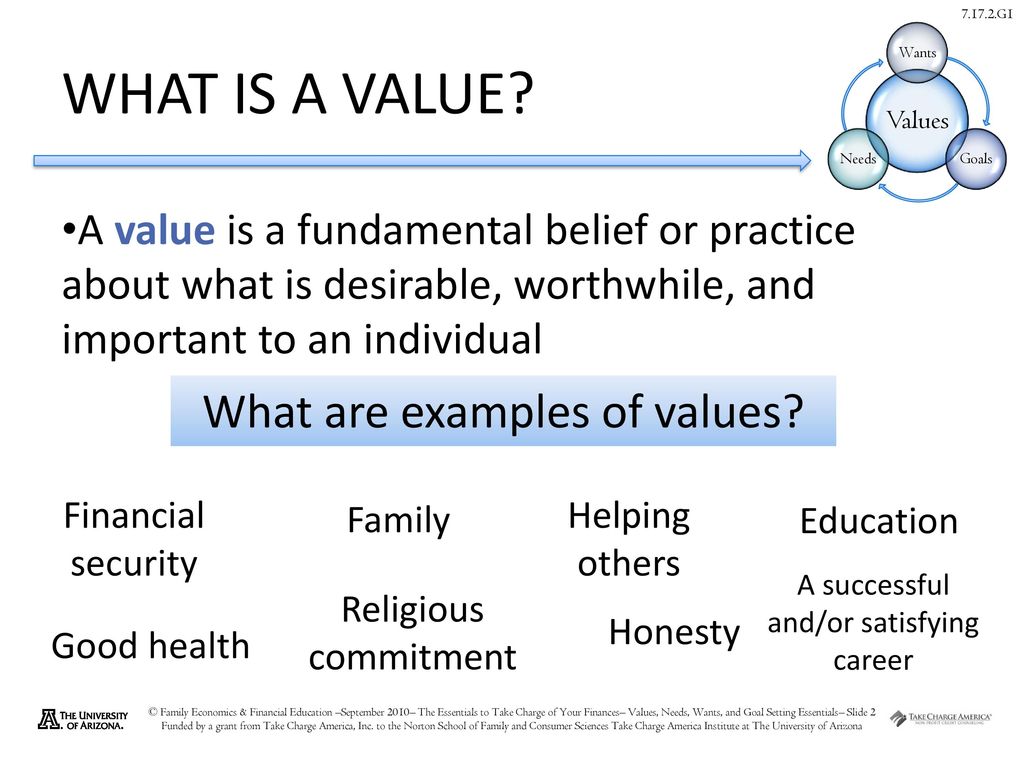 If you’re constantly seeking guidance, approval, or validation from the person to who you emotionally cater, you’re likely to lose your identity in the process.
If you’re constantly seeking guidance, approval, or validation from the person to who you emotionally cater, you’re likely to lose your identity in the process.
- Overcome Guilt
This is not an easy task, as it requires breaking away from the expectations of your parents, partner, and close friends. Set your goals, focus on your needs, and keep the bigger picture in mind. You may soon develop a new role for yourself and play by your own script.
- Get Support
Breaking an enmeshed or codependent pattern of behavior doesn’t mean that you have to be left to your own devices. Seek support from family members and friends that went through a similar situation, or talk to a professional. If you’re both willing to work together on becoming a functional, healthy couple, find an environment where you can talk about everything openly and without shame.
Who Offers Experience-Based Relationship Intimacy Coaching Exercises?
Our relationship coaches are at your service if you aim to PIVOT from your old mindset and adopt a new perspective on your marriage or long-term relationship.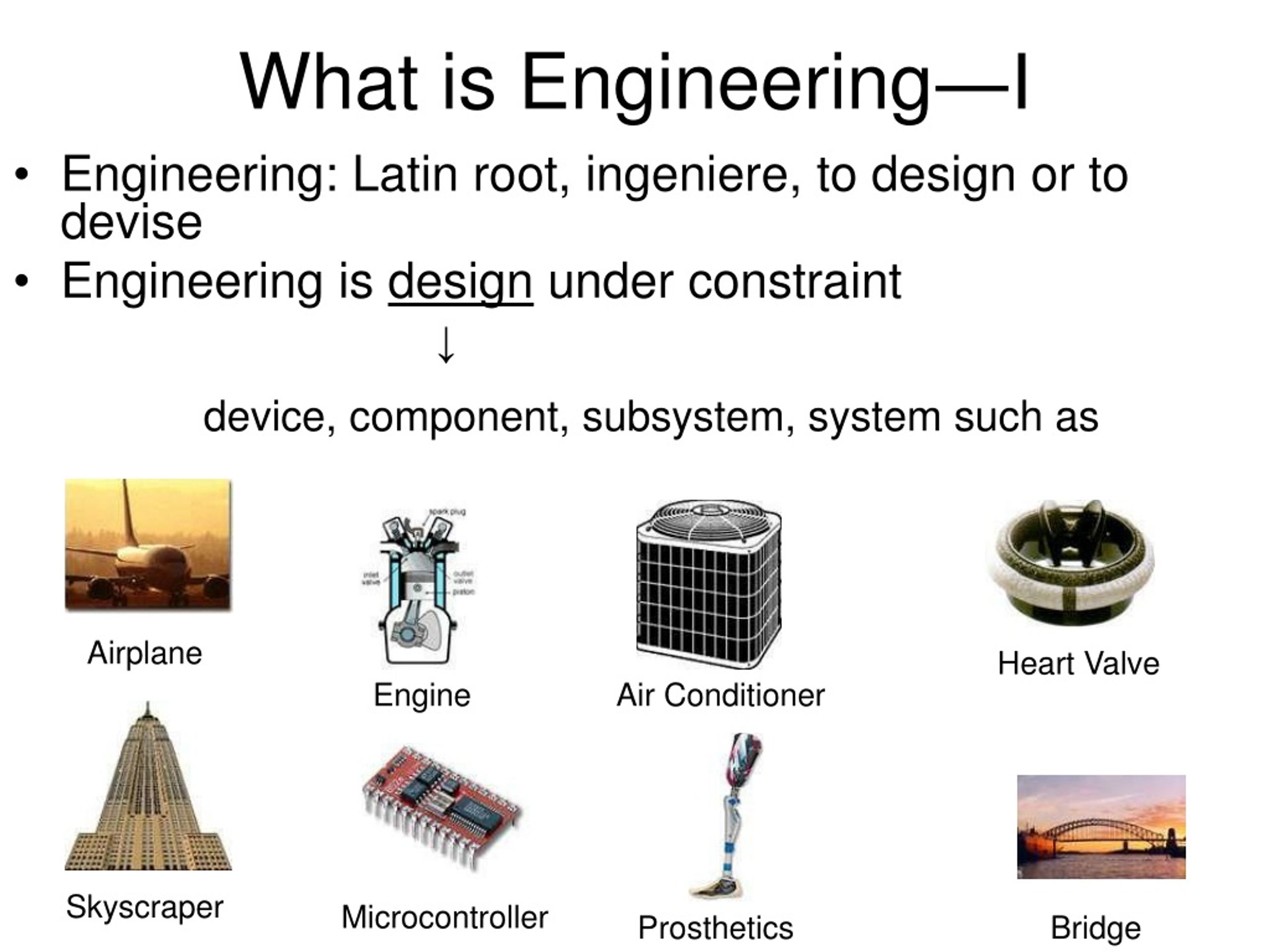 Whether you wish to discuss intimacy in your marriage as a couple in our Glasshouse environment or get acquainted with your emotional functioning in an individual coaching setting, we have you covered.
Whether you wish to discuss intimacy in your marriage as a couple in our Glasshouse environment or get acquainted with your emotional functioning in an individual coaching setting, we have you covered.
We can help you work on reconnecting, developing healthy strategies to grow as a couple, find creative ways to revive excitement and passion in your marriage and many more. Reach out to us to find out how you can benefit from our Glasshouse retreat!
What is a takeover
A takeover is a transaction that is carried out in order to gain control over the acquired company
Contents
- What is a takeover?
- Mergers and acquisitions: what is the difference
- Why takeovers happen
- Cons of takeovers
- Examples of well-known takeovers
- FAQ
What is a takeover?
Acquisition is a transaction made in order to establish control over the target company. It is carried out by acquiring more than 50% of the absorbed enterprise.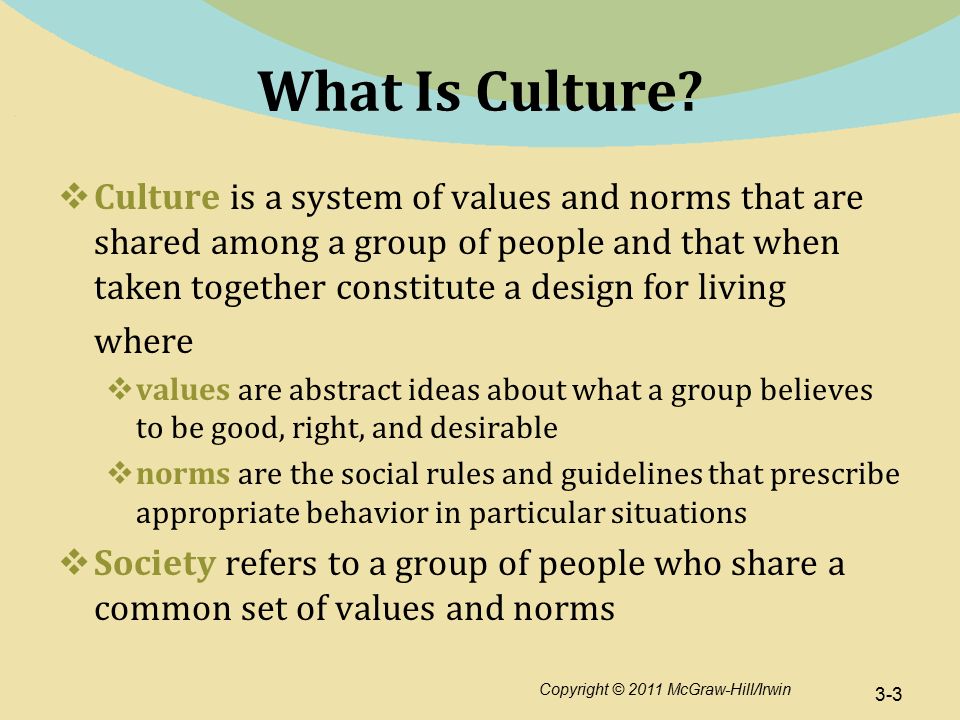 At the same time (unlike a merger), the legal entity of the acquired company is retained.
At the same time (unlike a merger), the legal entity of the acquired company is retained.
Investors usually describe such transactions in different ways: for example, if the board of directors of the target company approves of the takeover attempt and is willing to cooperate, then such a transaction is called a "takeover". A "hostile takeover" or "takeover" occurs when the target company opposes the deal and leaves the larger firm no choice but to buy more and more shares until it gains control of the enterprise.
Mergers and Acquisitions: What's the Difference
Acquisitions should not be confused with mergers . Although the two terms are often used together (mergers and acquisitions, M&A, mergers and acquisitions) and have some similarities, there are still important differences between them.
If the merger involves the union of two or more companies that voluntarily establish a new legal entity and thereby cease to exist, then in the process of absorption one company buys another.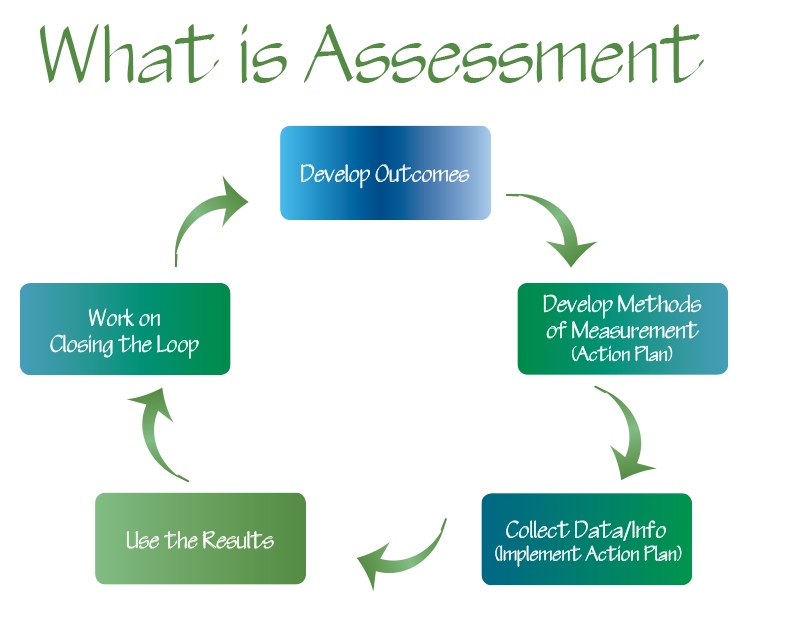
Takeovers are also often divided into "friendly" (friendly acquisition) and "hostile" (hostile acquisition or hostile takeover). Assignment to one category or another depends to a large extent on how information about the proposed acquisition is communicated to the board of directors, employees and shareholders of the target company and how it is perceived by them. All negotiations in M&A transactions usually take place in the so-called "confidentiality bubble" (confidentiality bubble), when the flow of information is limited in accordance with non-disclosure agreements.
In the case of a friendly deal, the companies cooperate in negotiations, and in the case of a hostile deal, the board of directors and/or the management of the target company are either unwilling to be bought, or the board of directors of the target company may not be aware of the buyer's offer at all.
"Hostile" takeovers can eventually become "friendly" because the acquirer can get approval from the board of directors of the company being acquired.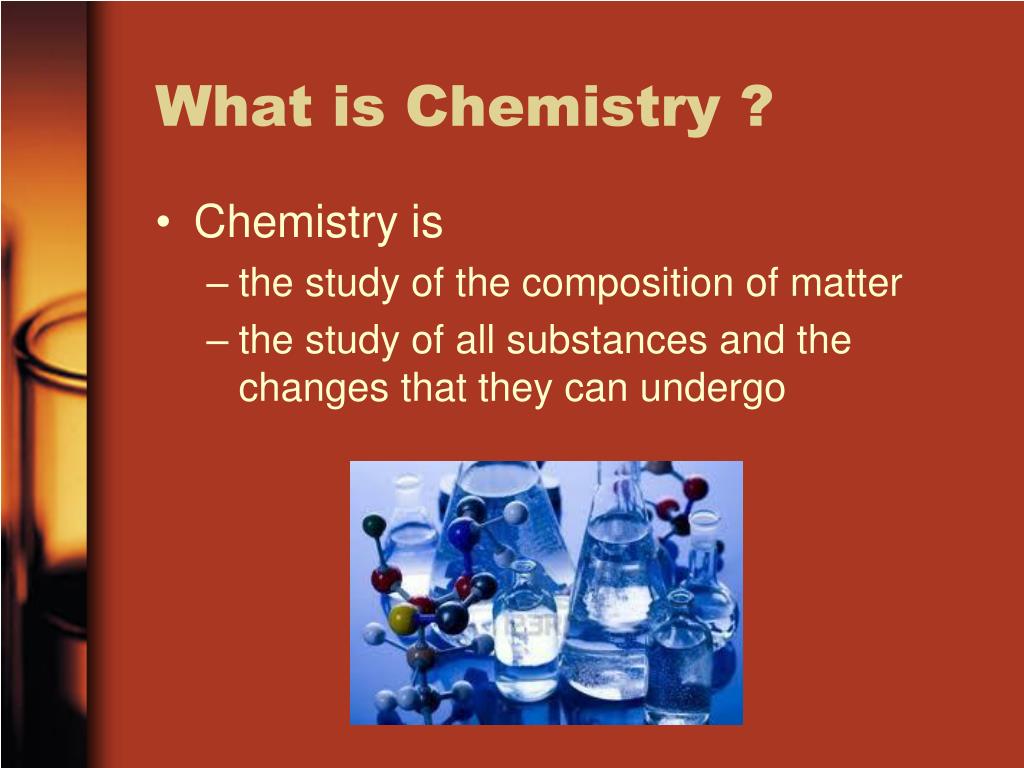 This usually requires improving the terms of the offer or negotiating.
This usually requires improving the terms of the offer or negotiating.
Friendly takeovers
Friendly takeovers occur when the target firm agrees to an acquisition and its board of directors approves it. Friendly acquisitions often work to the mutual benefit of the acquiring and target companies. Both companies develop strategies to ensure that the acquiring company acquires the relevant assets and review financial statements and other estimates for liabilities that may arise with the acquisition of these assets. The deal closes once both parties agree to the terms and meet all legal requirements.
Hostile takeovers
Hostile takeovers (also known as hostile takeovers) occur when the target company does not agree to a sale. In such a situation, the acquiring firm must actively buy large blocks of shares in the target company in order to eventually gain control over it.
Mergers
The merger of two companies into one new legal entity is classified as "friendly" transactions. Mergers usually occur between companies that are roughly equal in their main characteristics - size, number of customers, scale of activity. Combining companies usually have a strong belief that their combined venture will be more valuable to all parties (especially shareholders) than either of them individually.
Mergers usually occur between companies that are roughly equal in their main characteristics - size, number of customers, scale of activity. Combining companies usually have a strong belief that their combined venture will be more valuable to all parties (especially shareholders) than either of them individually.
Because mergers are relatively rare and takeovers often have negative connotations, the two terms are increasingly used interchangeably or together. Modern corporate restructurings are usually referred to as mergers and acquisitions (M&A) rather than simply "mergers" or "acquisitions". The practical differences between the two terms are gradually blurring due to the increasingly complex M&A market.
Why Acquisitions Occur
Companies acquire other companies for a variety of reasons: they may seek economies of scale (lower unit costs while increasing production volumes - Ed.), diversification, increase market share, increase synergy, reduce costs, or creating new niche offerings.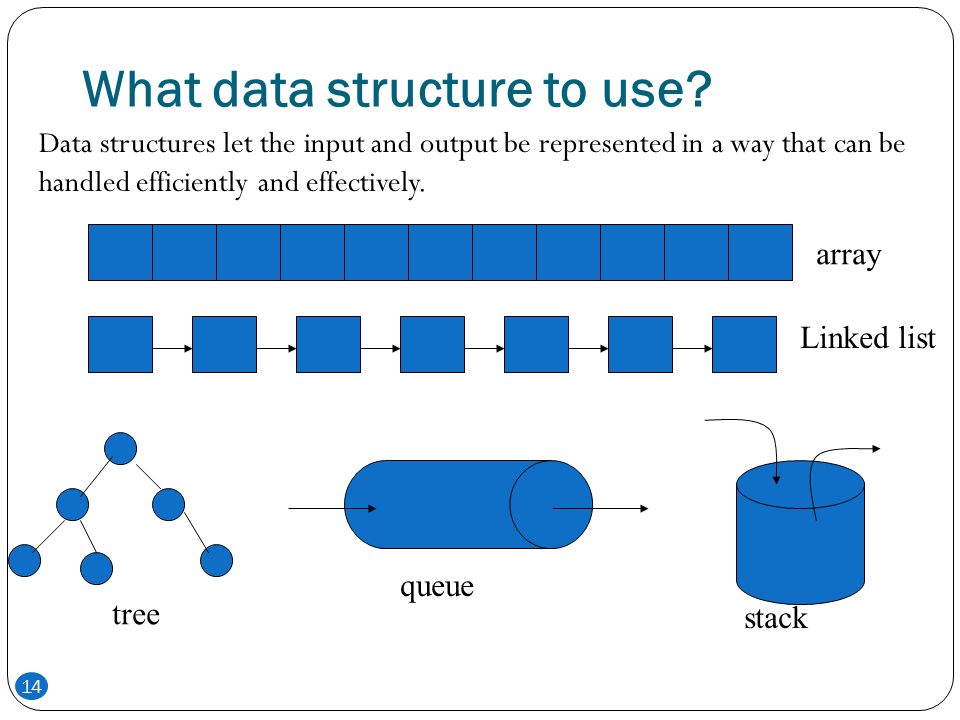 Takeovers also happen frequently for four reasons, described below:
Takeovers also happen frequently for four reasons, described below:
Access to foreign markets
If a company wants to expand its activities in another country, buying an existing company in that country may be the easiest way to enter a foreign market. The acquired business already has its own people, brand and other intangible assets, which can help the acquiring company to start working in a new market with a solid base.
For example, a reputable firm in the US may decide to acquire a similar company in Europe or Asia, allowing it to enter the international market and instantly gain access to a different customer base, staff, and equipment.
Recent examples in the Russian market include the purchase of Donskoy Tabak by international tobacco giant Japan Tobacco International (JTI) for $1.6 billion in July 2018.
Japan Tobacco Inc.
Growth strategy
A company may run into physical or logistical constraints or run out of resources - it is often wiser to acquire another firm than to expand your own. Such a company may be looking for promising young businesses to take over as a new way to generate profits.
Such a company may be looking for promising young businesses to take over as a new way to generate profits.
Eliminate competitors
What is your price prediction for T?
Up
or
Down
Vote to see!
Market Sentiment
Rise Decrease
88% 11%
You voted for the price to fall. You voted for the price increase.
Try trading T?
Open demo
View demo
If the competition or supply in the market is too strong, the company may resort to takeovers to reduce excess capacity, eliminate competitors, and focus on the most productive suppliers.
Example - attempts by Yandex.Taxi to acquire part of the assets of a competitor aggregator - Vezet Group in 2019 and 2021.
Acquisition of new technologies
The acquiring company may also use the acquisition to try to eliminate its own weaknesses: it may have logistical difficulties or it may lack the technology necessary for further development. Instead of investing large sums in developing a product yourself, it is sometimes easier to acquire another company with a ready-made set of solutions.
Instead of investing large sums in developing a product yourself, it is sometimes easier to acquire another company with a ready-made set of solutions.
Cons of a takeover
A takeover can be a problem for both the target company and the acquiring company. Businesses can have different corporate cultures and ways of working, and employee morale can also suffer. Acquisitions can also lead to unnecessary duplication: a company may end up with two accounting departments, two human resources departments, and two marketing departments when only one department is needed. This will inevitably lead to reorganization and efficiency gains, provoking job losses and layoffs.
It is also extremely important for the acquiring firm to carry out due diligence before closing the deal to make sure that the target company is really the right one for them. In particular, she needs to check the financial performance of the target company and confirm that there are no “skeletons in the closet” (for example, lawsuits or debts) that can lead to serious problems later.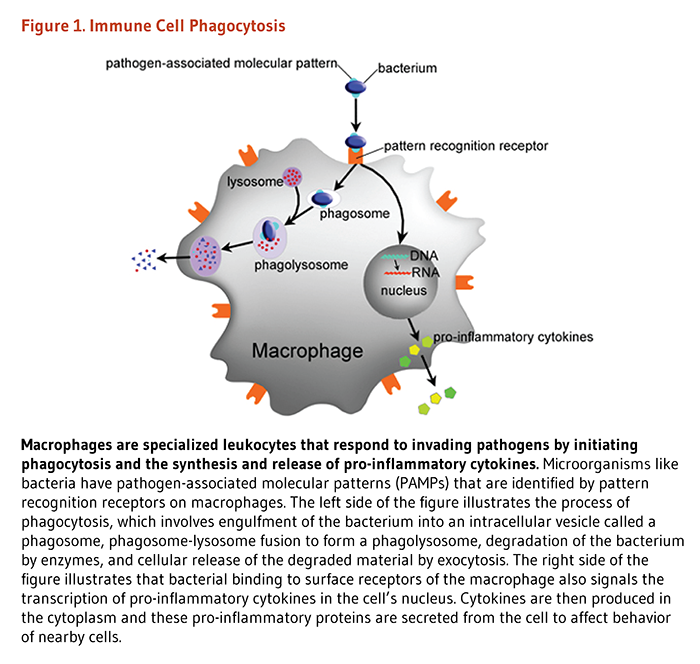
Examples of known acquisitions
AOL – Time Warner (2000)
AOL Inc. (originally America Online) is the most famous Internet company of its time, often called "the company that brought the Internet to America" (the company that brought the Internet to America).
At its peak in 2000, AOL was the largest ISP in the US.
Meanwhile, media conglomerate Time Warner, Inc. called an "old-fashioned media company" despite its impressive earnings and business size.
In 2000, the fledgling company AOL bought the giant Time Warner for $165 billion, a record breaking deal and the largest acquisition in history. The new company, AOL Time Warner, was intended to be the dominant force in the news, publishing, music, entertainment, and Internet industries. After the merger, AOL became the largest technology company in the United States.
However, the AOL Time Warner joint phase lasted less than ten years: AOL gradually lost value, the dot-com bubble burst, the expected success from the merger did not materialize, and AOL and Time Warner eventually terminated their alliance.
-
In 2009, AOL Time Warner dissolved in a spin-off deal
-
Time Warner remained a wholly independent company from 2009 to 2016
-
0003
Verizon Communications Inc
AT&T - Time Warner (2017)
15 June 2018 AT&T Inc. completed the acquisition of Time Warner Inc. The takeover then stalled due to US government intervention to block the deal, but in February 2019, an appeals court allowed it.
AT&T expects the $42.5 billion acquisition will allow the combined company to cut $1.5 billion in cost savings and generate $1 billion in revenue synergies within three years of closing the deal.
AT&T Inc
ABInBev - SABMiller (2016)
In October 2015, Anheuser-Busch InBev (AB InBev) announced a successful acquisition of British competitor SABMiller - the takeover was completed in October 2016. The company was the world's largest beer producer even before the acquisition of SABMiller and is considered one of the world's largest fast-moving consumer goods (FMCG) companies.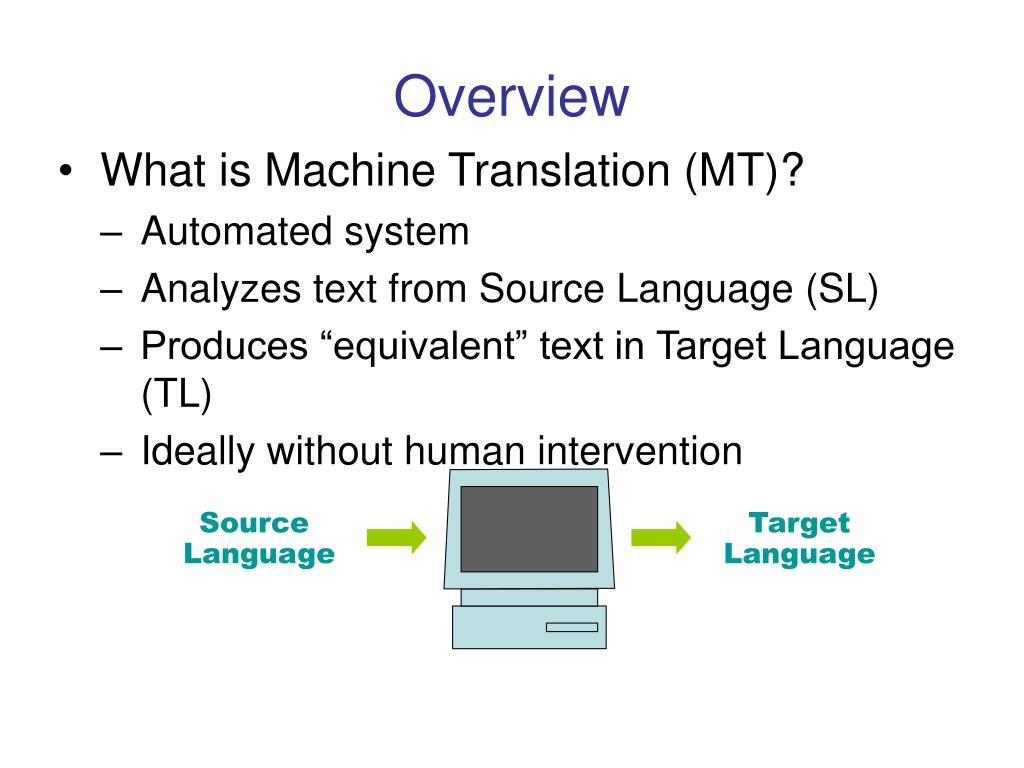 Annual sales of the company in 2019the year amounted to $52.3 billion; prior to the merger in 2016, ABInBev reported $45.5 billion in revenue.
Annual sales of the company in 2019the year amounted to $52.3 billion; prior to the merger in 2016, ABInBev reported $45.5 billion in revenue.
As a result of the takeover, SABMiller ceased trading on global equity markets. The company subsequently sold SABMiller's stake in MillerCoors to Molson Coors and also sold many of the former SABMiller's European brands to Japanese Asahi Breweries Corporation.
The deal allowed the company to take about a third of the world market in terms of sales. The takeover was valued at around $105 billion, making it the largest such deal in the food industry.
The SABMiller takeover came almost eight years after InBev acquired St. Louis-based American brewer Anheuser-Busch for $52 billion, the largest deal in the global beer industry to date. It is noteworthy that InBev was formed as a result of the merger of the Belgian Interbrew and the Brazilian AmBev.
FAQ
What is takeover?
A takeover is a transaction that takes place in order to gain control over the target company. At the same time, the object of purchase includes at least 50% of the acquired enterprise, however, the legal entity of the acquired company is retained.
At the same time, the object of purchase includes at least 50% of the acquired enterprise, however, the legal entity of the acquired company is retained.
Why takeovers?
The main purpose of acquisitions is access to new markets, elimination of competitors, growth strategy and the ability to use new technologies.
ABSORPTION OF LIGHT • Big Russian Encyclopedia
Authors: AV Belinsky
ABSORPTION OF LIGHT, decrease in the intensity of light passing through a substance due to its interaction with atoms and molecules of a substance. The electromagnetic field of the light wave excites additional. vibrations of electrons and ions of a substance, for which energy is spent. Partially it returns in the form of secondary electromagnetic radiation. In terms of quantum theory, the process of P. s. associated with the transition of electrons in atoms and molecules that absorb radiation from low energy levels to higher ones. The reverse transition to the ground or lower excited state can be performed with the emission of a photon, or non-radiatively, or in a combined way, and the method of the reverse transition determines into what form of energy the energy of the absorbed light passes.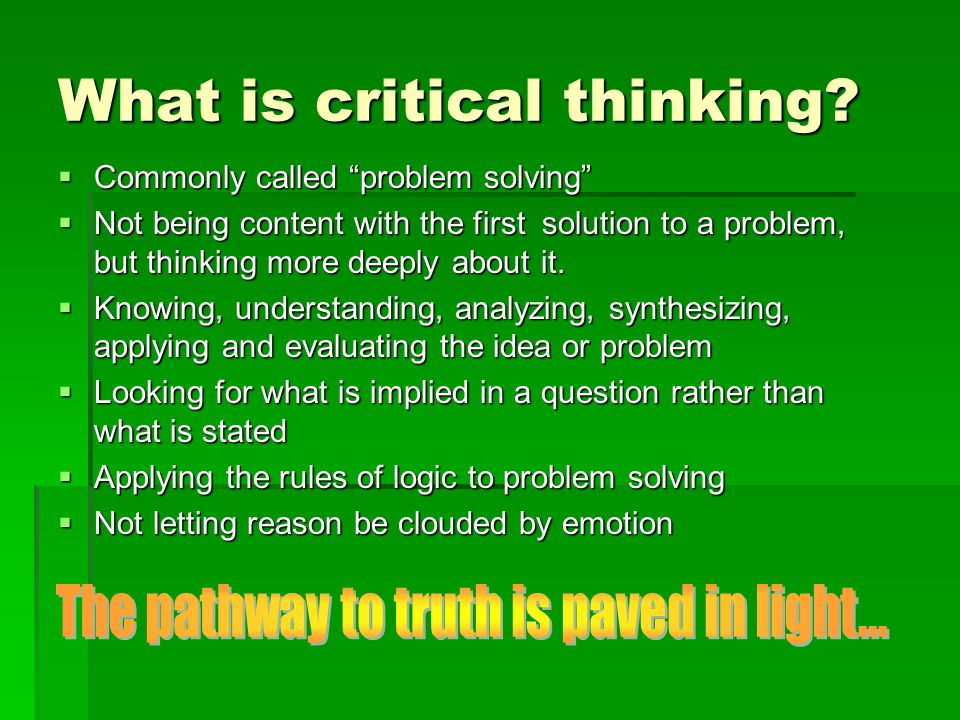
Usually, the light intensity I decreases with increasing distance l traveled in the substance according to the exponential law: I=I 0 e –α l , where I 0 is the initial light intensity, α is the absorption index, depending on transparency of the environment. This law was experimentally established by P. Bouguer in 1729 and theoretically derived by I. Lambert in 1760 (see Bouguer - Lambert - Beer law).
The dependence of the absorption index α on the wavelength of light λ is called the absorption spectrum of a substance. The absorption spectrum of isolated atoms (for example, atoms of rarefied gases) consists of narrow spectral lines, i.e., the absorption coefficient α is nonzero only in certain narrow wavelength ranges (0.1–1 nm wide) corresponding to eigenfrequencies. vibrations of electrons inside atoms. The molecular absorption spectrum, determined by the vibrations of atoms in molecules, consists of absorption bands (10 nm - 10 µm wide). The absorption of solids is usually characterized by a very wide range of wavelengths (10–100 μm) with a large α value. Qualitatively, this is explained by the fact that in condensers. In media, a strong interaction between particles leads to a rapid transfer of energy given off by light from one of them to the entire collective of particles. All of these particles emit at slightly different frequencies, resulting in a wide spectrum.
The absorption of solids is usually characterized by a very wide range of wavelengths (10–100 μm) with a large α value. Qualitatively, this is explained by the fact that in condensers. In media, a strong interaction between particles leads to a rapid transfer of energy given off by light from one of them to the entire collective of particles. All of these particles emit at slightly different frequencies, resulting in a wide spectrum.
In conducting media (metals, plasma) interaction with light means. degree is determined by free electrons, so α depends on the electrical conductivity of the medium. P. s. in conducting media, it strongly affects all processes of light propagation in them; formally, this is taken into account by the fact that the term containing α enters the expression for the complex refractive index of the medium. The incident light wave is absorbed almost completely in a thin (about 10 nm) layer; its energy is converted into the energy of motion of the electron plasma.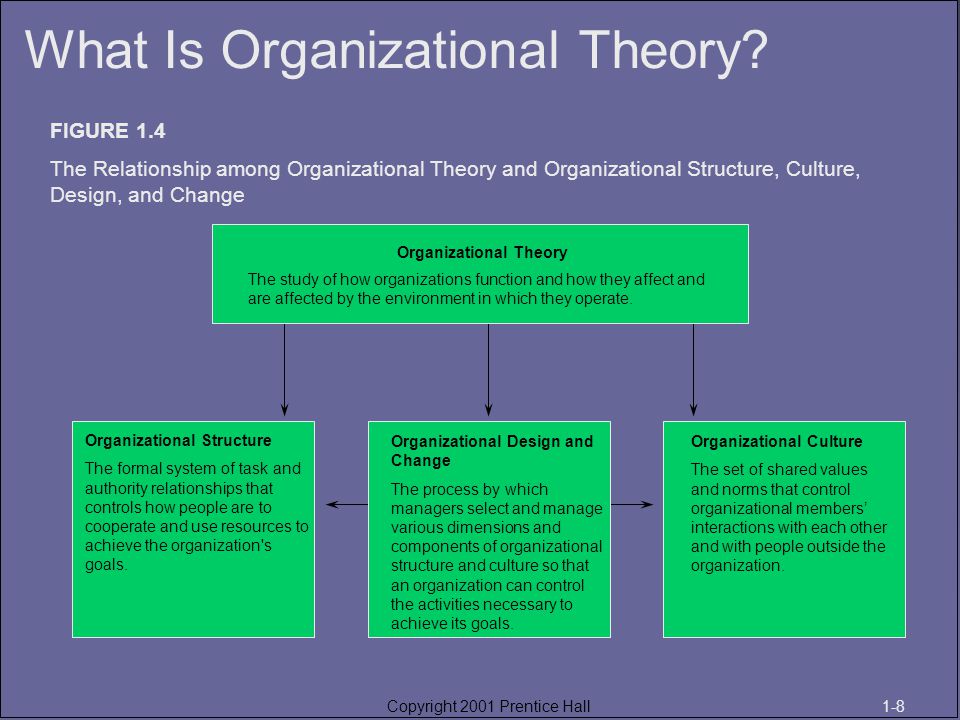 Moving electrons radiate, as a result of which a reflected wave is formed, carrying up to 99% energy (for details, see the article Metal-optics). However, it is possible to make a layer of gold foil so thin that it partially transmits light. It is also possible to sputter a thin layer of silver onto glass or other transparent substrate, and this will be a partially transmissive (approx. 30%) and partially reflective (approx. 30%) coating used as a beam splitter. The remaining ≈40% of the light is absorbed.
Moving electrons radiate, as a result of which a reflected wave is formed, carrying up to 99% energy (for details, see the article Metal-optics). However, it is possible to make a layer of gold foil so thin that it partially transmits light. It is also possible to sputter a thin layer of silver onto glass or other transparent substrate, and this will be a partially transmissive (approx. 30%) and partially reflective (approx. 30%) coating used as a beam splitter. The remaining ≈40% of the light is absorbed.
When light is absorbed by molecules of a substance dissolved in a practically non-absorbing solvent, or by gas molecules, the exponent α turns out to be proportional to the number of absorbing molecules per unit length of the path of the light wave, or, which is the same, per unit volume filled with transmitted light, i.e. is proportional to the concentration C of the dissolved substance (established by the German scientist A. Behr, 1852). In real gases and solutions, this is not always the case.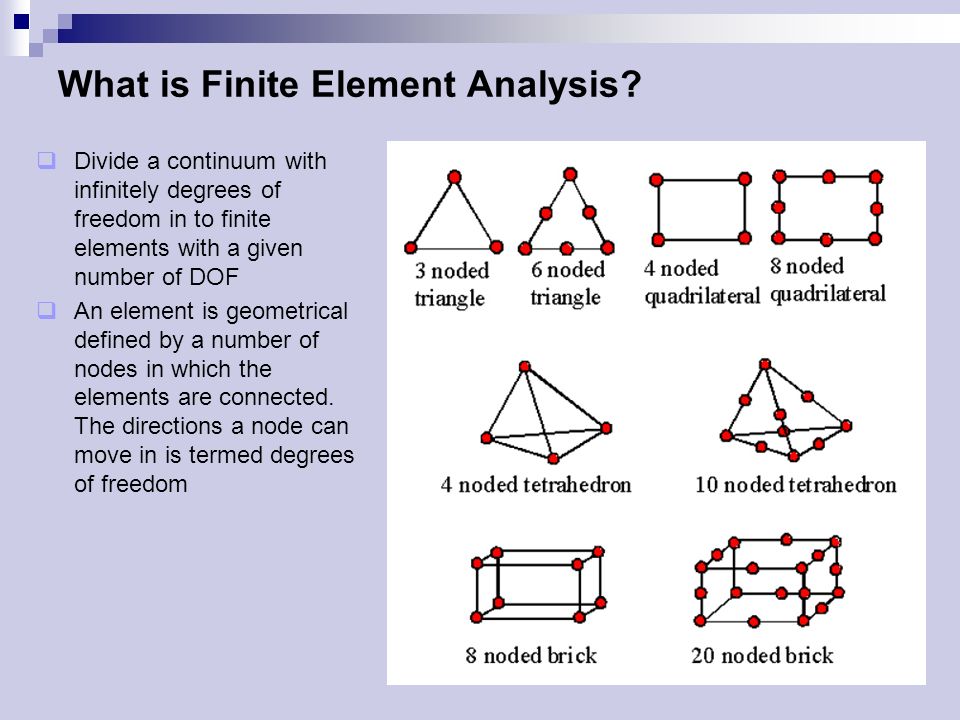
Absorption spectra can be so individual that they can effectively control the chemical. composition of solutions. For example, an adequate way to verify the authenticity of alcoholic products is to measure absorption spectra, individual not only for producers, but also for the soil on which the grapes grew.
At high light intensities, nonlinear effects begin to appear, α becomes a function of the light intensity, and Bouguer's law is violated (nonlinear PS). Such effects can also occur when several photons are simultaneously absorbed (see Ref. Multiphoton absorption of light ). In this case, the intensity of the fluctuating photon flux stabilizes; The extraction of photons from the original beam can occur in pairs (two-photon absorption), triplets, etc. The beam thinning occurs in places of the highest photon concentration, i.e., in fluctuation bursts of intensity. As a result, the bursts are smoothed out and the photon flux becomes more regular. In such nonlinear processes, the efficiency of photon fluctuation suppression is low; nevertheless, they make it possible to reduce photon noise even below the noise level of an ideal laser, which is especially important in high-precision optical systems.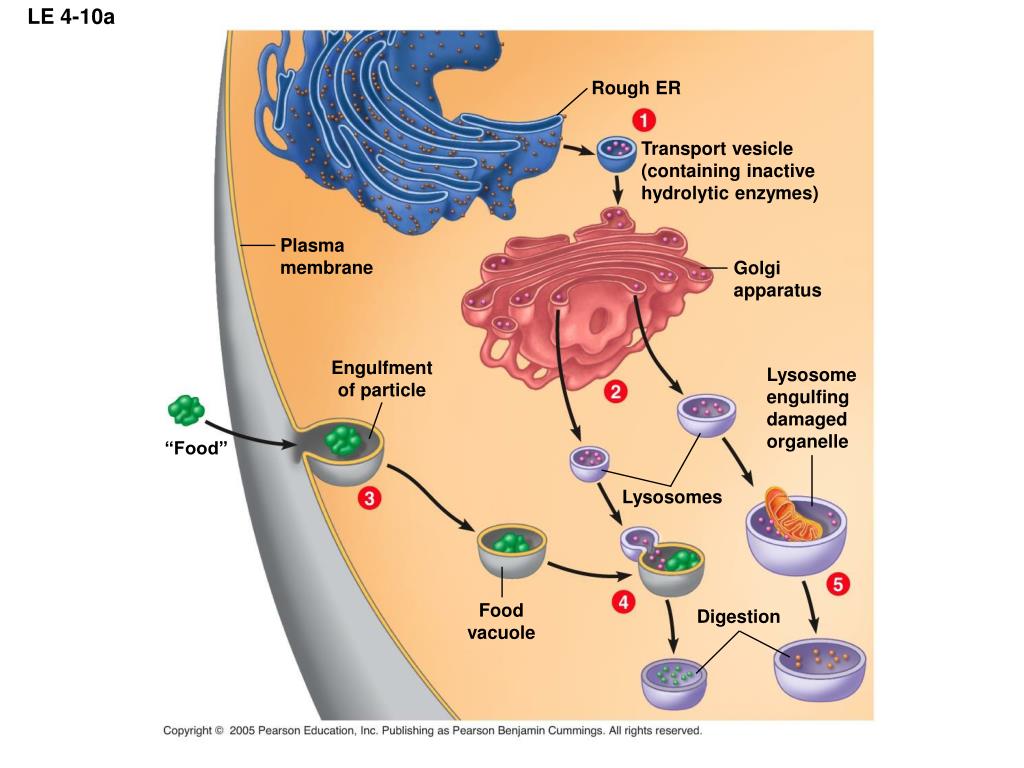 measurements.
measurements.
The opposite process is the nonlinear saturation effect, due to the fact that a very large proportion of absorbing particles, having passed into an excited state and remaining in it for a relatively long time, loses the ability to absorb light, which noticeably changes the nature of the PS. environment. When almost all the electrons of a substance under the action of light pass into an excited state and there are no absorbing particles, the so-called enlightenment of the medium - the almost complete absence of absorption (see. Enlightenment effect).
If a population inversion is artificially created in an absorbing medium, then each photon from the incident flux has a higher probability of inducing the emission of exactly the same photon than of being absorbed by itself (see Stimulated Emission ). In this case, the intensity of the outgoing light exceeds the intensity of the incident light, i.e., light amplification takes place, and the absorption index α becomes negative, so this phenomenon is called negative P.